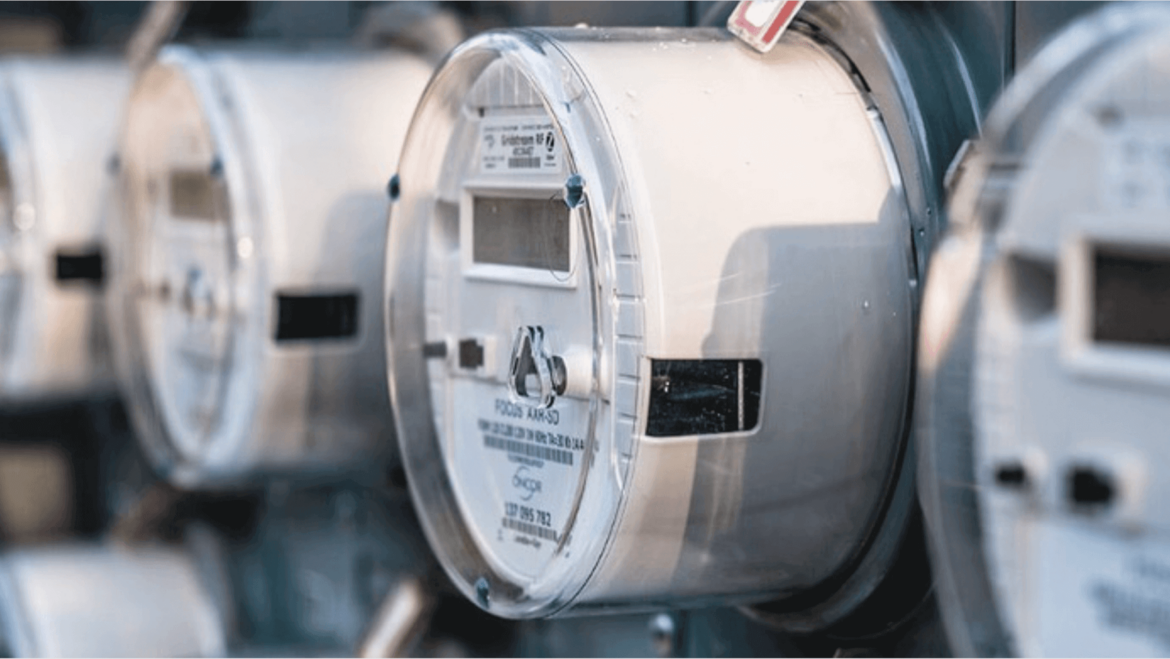Avoid High Interconnection Costs for Solar Net Metering in Ontario
In the midst of uncertainty with the current state of government energy rebates, and as electricity prices continue to rise, Ontario’s case for Solar Net Metering is strong today and will continue to increase in value each year of operation. Solar equipment prices have come down significantly in the past 10 years and the low costs of equipment make it a great time to invest in Solar for your home or business.
Impact of Ontario Budget on Solar NEM Economics
On November 5, 2020 the Ontario government released a delayed 2020 budget, Ontario’s Action Plan: Protect, Support Recover. The budget outlines a number of actions that the government will undertake to support individuals and families in light of the unprecedented COVID-19 pandemic.
How To Size a Solar Net Metering System For Your Business
You have made the decision to go solar. You want to reduce your costs, become more energy independent and reduce your carbon footprint. You have an available roof space, field, or parking area (i.e. solar canopy) that can be used to host your solar net metering system. Now you need to determine what is the right size for your solar system. This blog will walk you through the most important considerations when determining how to design a correctly-sized solar system that will optimize your investment.
How is Accelerated Depreciation Lowering the Cost of Solar Net Metering?
This is part of a series of blogs looking at the economics of solar power in Canada today. You can read our blog “What Caused Solar Costs to Fall 99%?” to learn more.
Today we will focus on the impact of accelerated depreciation and how it affects the paybacks and economics for solar generation. While capital costs play an important role in the economics of investing in solar power, the cost of electricity, as well as how much sun your system receives, are also both important factors in calculating the payback and return on investment for your solar generator.
However, one facet of solar’s increasingly improved economics that is often overlooked is the tax treatment of investments in solar. In particular, Accelerated Depreciation can greatly improve your case for solar, especially in the first year.






